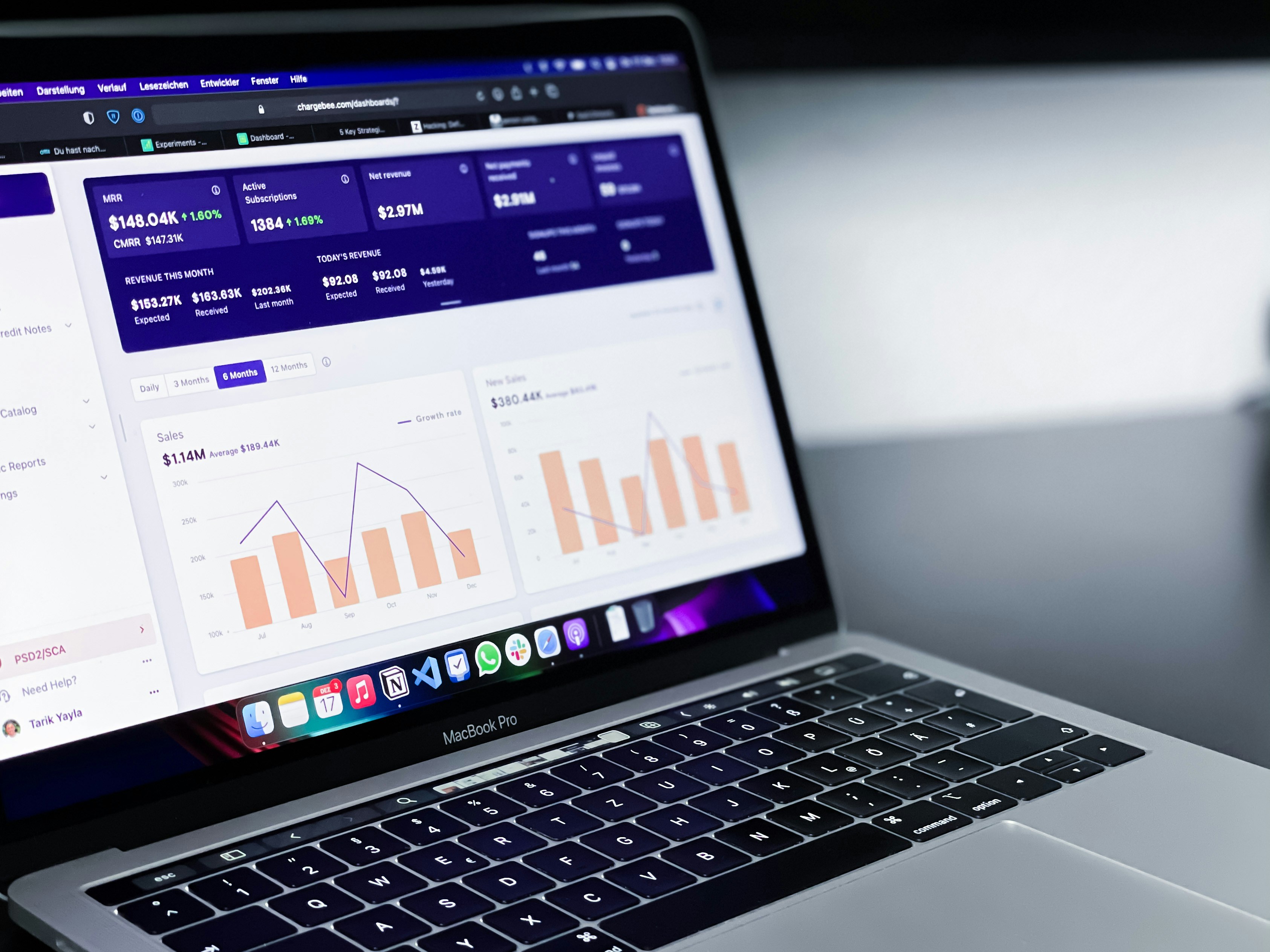
Overview
Financial institutions are leveraging machine learning to detect risks, assess creditworthiness, and combat fraud faster and more accurately than traditional models. This transformation is enabling data-driven decision-making that reduces losses while improving customer experience.
The Need for Predictive Analytics
Traditional risk assessment methods rely on historical data and rule-based systems that often fail to capture complex patterns and emerging risks. Machine learning enables financial institutions to process vast amounts of data and identify subtle correlations that humans might miss.
Evolution of Risk Assessment:
Traditional
Rule-based systems, limited data sources
Statistical
Regression models, credit scores
AI-Powered
ML algorithms, real-time analysis
Applications of ML in Risk Assessment
📊 Credit Scoring
Machine learning models analyze hundreds of variables to assess creditworthiness more accurately than traditional FICO scores.
- Alternative data sources (social media, transaction patterns)
- Real-time credit score updates
- Reduced bias in lending decisions
- Improved approval rates for thin-file customers
🏦 Loan Approval Automation
Automated underwriting systems can process loan applications in minutes rather than days, improving customer experience while maintaining risk standards.
Speed
Instant decisions for qualified applicants
Accuracy
Reduced human error and bias
📈 Market Risk Forecasting
ML models can analyze market conditions, economic indicators, and geopolitical events to predict potential market risks and volatility.
Fraud Detection Models
Machine learning excels at identifying fraudulent patterns by analyzing transaction behaviors, device fingerprints, and user interactions in real-time.
🔍 Anomaly Detection
- Unsupervised learning to identify unusual patterns
- Real-time transaction monitoring
- Adaptive thresholds based on user behavior
🧠 Behavioral Analysis
- User profiling and pattern recognition
- Device and location-based risk scoring
- Continuous learning from new fraud attempts
Compliance & Explainability
Financial regulations require transparency in decision-making processes. Modern ML systems must balance accuracy with explainability to meet regulatory demands.
Regulatory Requirements:
- Model interpretability for loan decisions (Fair Credit Reporting Act)
- Bias testing and fairness metrics
- Model validation and governance frameworks
- Audit trails for regulatory examinations
Case Study: Fintech Startup Success
How a fintech startup reduced loan defaults by 30%
A digital lending platform implemented an ML-driven credit scoring system that analyzed over 1,000 data points per application, including:
- Traditional credit bureau data
- Bank transaction history
- Social media activity patterns
- Mobile app usage behavior
- Geolocation data
- Device fingerprinting
- Educational background
- Employment verification
Results:
30% reduction in defaults, 40% faster approval times, 25% increase in approval rates for underserved populations
The Future of Risk Assessment
The next generation of financial risk assessment will combine AI, blockchain, and alternative data sources for even more comprehensive and fair evaluation systems.
🔗 Blockchain
Immutable credit histories
🌐 Alternative Data
IoT, satellite, social data
🤖 Advanced AI
Quantum computing, AGI
Conclusion
Machine learning is empowering financial organizations to make smarter, faster, and fairer decisions — transforming risk management into a data-driven science. As technology continues to evolve, we can expect even more sophisticated models that balance accuracy, fairness, and regulatory compliance.